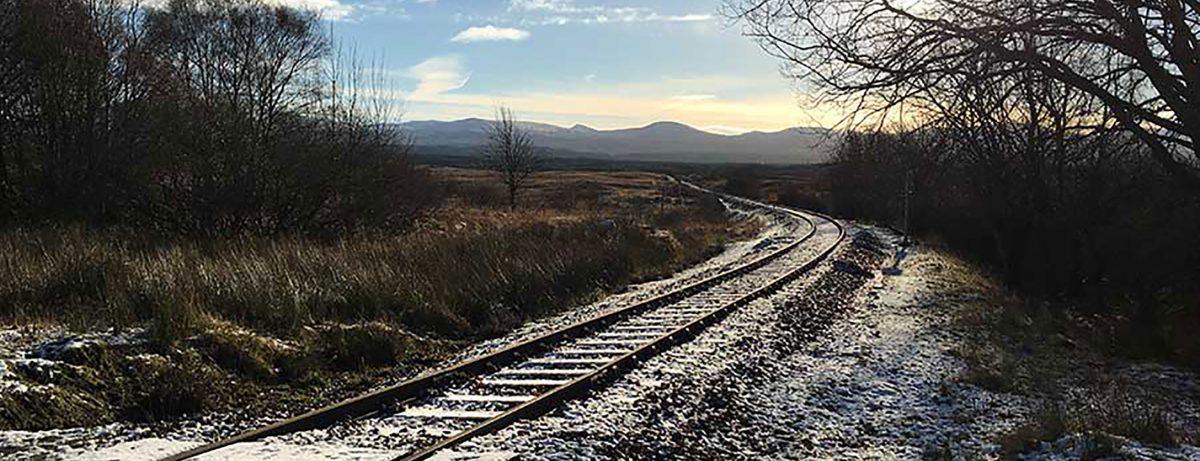
Fenix Signalling, in collaboration with telent, has successfully delivered the Train Protection Warning System (TPWS) signalling testing works on the West Highland Line in Scotland. This milestone is the first part of the Radio Electronic Token Block (RETB) Next Generation project taking place on the West Highland and Far North Lines.
RETB is an electronic development of the physical token system for controlling traffic on single lines, with the driver receiving movement authority via a cab display radio (CDR). Fenix Signalling is responsible for the signalling design and the signalling testing and commissioning works for the project under the management of Eddie Murphy, Projects Director – Fenix Signalling, and supported by the Fenix specialist team.
The current RETB legacy operating frequencies are being reallocated by OFCOM to digital TV throughout Europe, requiring all RETB radio infrastructure to be upgraded to support the new frequencies.
The project, commissioned by Network Rail and led by telent as Principal Contractor, has seen remote hilltop base stations upgraded to support the new frequency. In addition to this, new on-train, depot and transportable maintenance equipment has been developed by Comms Design Limited. The equipment has been installed by telent field engineers and trialled successfully across the West Highland Line. The telent on-site operations team, led by Senior Operations Manager Lee Clinton, has installed radio equipment at the highest site on Network Rail infrastructure – White Corries in the GlenCoe ski resort, supported by a project and engineering team based at telent’s head office in Warwick.
The testing and commissioning of the TPWS on the West Highland Line presented the team with a raft of challenges, including the extreme weather brought about by storm Douglas, and the remote location of many of the sites. Success of the first phase of the TPWS testing and commissioning is testament to the close teamwork between the signalling and telecommunications disciplines, with the teams at Fenix and telent working effectively to achieve this.
Prior to commissioning all sites, two TPWS trial sites were selected at Crianlarich and Spean Bridge, with two-week trial periods being conducted at each site. The success of the trial sites has resulted in the Fenix and telent teams completing the works at 19 sites on the West Highland Line, covering more than 150 miles of track. This included modifications to the TPWS power supplies and commissioning of the TPWS frequency converters to support the frequency change.
The commissioning of the West Highland Line TPWS marks the completion of the first phase of TPWS testing and commissioning as part of this major project, phase two will see the TPWS on the Far North Line commissioned. This includes a total of 19 sites from Inverness out to The Kyle of Lochalsh in the West, and up to Thurso and Wick in the North, covering in excess of 200 miles of track.
This year will also see the next phase – the split of the Far North interlocking at Inverness SCC, with Fenix Signalling responsible for principal testing and the commissioning of the new Solid State Interlocking (SSI) at Inverness, and the split of the Far North interlocking.
Forward House
High Street
Henley in Arden
B95 5AA
T: 03300 580180
T: 01926 358428
Click here to subscribe to updates from Fenix Rail Systems